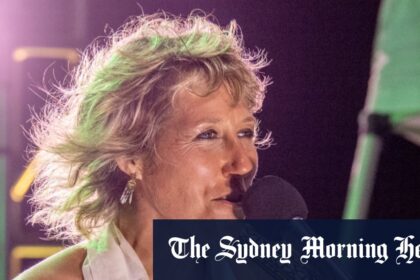Of the 11 banks that had been placed under the prompt corrective action (PCA) framework of the RBI between 2017 and 2018, Central Bank of India was the last one to exit the restrictions after more than five years. Having recently emerged out of the regulatory curbs, the state-run lender is now aiming for balanced growth and lowering net non-performing assets (NPAs) to below 3.6 per cent by December, its Managing Director & Chief Executive Officer M V Rao told Hitesh Vyas. Edited excerpts:
- Advertisement -
Post exit from PCA, where do you see your profitability?
I cannot give any number on that but I can indicate that whatever numbers we have been showing from the past five quarters, we will maintain that. We have been very conservative in our numbers, in the sense that wherever provision was required, we have provided more than adequate. We have controlled our slippages and expect them to be below our target of Rs 4,000 crore for FY23, set at the beginning of the year. Our aim is to keep credit cost at 1-1.2 per cent (by March 2023). So, the resultant effect … will be positive on our profits. We don’t foresee anything that will stop us from growing. It is only balanced growth that we are eyeing.
PCA framework
PCA is initiated once the threshold levels relating to capital, asset quality and profitability of a bank are breached. These parameters are tracked through the capital to risk-weighted assets ratio (CRAR) / common equity tier (CET 1) ratio, the net NPA ratio and return on asset
- Advertisement -
Where do you see net NPA and credit deposit ratios?
Our net NPA is already below 4 (as of June 30, 2022) and we are aiming to bring it down to 3.6 per cent by December 2022. Few quarters back, our credit deposit ratio was in the range 50-51 per cent and it went up to 57.04 per cent (in Q1 FY23), and we will be touching 60 per cent by December 2022.
What are your credit and deposit growth targets for the current fiscal?
- Advertisement -
The floor for credit growth is 12 per cent but it will be more than 12 per cent (for FY23). In the RAM (retail, agriculture and MSME) segment, we are eyeing 13-14 per cent. We have very consciously balanced our credit book with RAM and corporate in the ratio of 65:35. We will maintain this ratio with a margin of +/- 5 per cent. Our endeavour is to go for highly-rated accounts that have low risk weights. In a similar manner, our target for deposit growth is 7 per cent.
What took you so long to exit the PCA framework?
Actually, the PCA framework suggests certain benchmarks, which you have to meet. At the end of the day, the sustainability of these numbers in the long-run is something that matters as it helps one to gauge the strength of the bank. So, whatever improvements we were making, it was reviewed and inspected by the RBI team, and they took the decision to remove us from the PCA framework. As far as customers are concerned, none of our services or products have been found wanting during all these years (under PCA).
- Advertisement -
Will the bank be looking to raise capital?
- Advertisement -
We are comfortable on the capital front, and for growth too, we have resources.
Is there a plan to sell non-core assets?
We do not want to sell any non-core assets. We are only focussing on enhancing the value of our subsidiaries. That is the reason we have moved the headquarters of Cent Bank Home Finance Ltd from Bhopal to Mumbai. They have changed their entire software and technology platform and will be working at par with any other housing NBFCs.
What are your branch expansion plans?
We are eyeing to increase our digital footprint. We will be acquiring more and more customers through digital channels. Right now, we have 4,600 brick-and-mortar branches. The number of banking correspondents has been increased from around 3,800 to 12,000 currently, and these touchpoints help us reach out to customers … so I don’t see the need to open any more brick-and-mortar branches.





